Year 2
The English curriculum is built around the three interrelated strands of language, literature and literacy. Teaching and learning programs should balance and integrate all three strands. Together, the strands focus on developing students' knowledge, understanding and skills in listening, reading, viewing, speaking, writing and creating. Learning in English builds on concepts, skills and processes developed in earlier years, and teachers will revisit and strengthen these as needed.
In Year 2, students communicate with peers, teachers, students from other classes and community members.
Students engage with a variety of texts for enjoyment. They listen to, read, view and interpret spoken, written and multimodal texts in which the primary purpose is to entertain, as well as texts designed to inform and persuade. These encompass traditional oral texts, picture books, various types of print and digital stories, simple chapter books, rhyming verse, poetry, non-fiction, film, multimodal texts, dramatic performances and texts used by students as models for constructing their own work.
The range of literary texts for Foundation to Year 10 comprises Australian literature, including the oral narrative traditions of Aboriginal and Torres Strait Islander Peoples, as well as the contemporary literature of these two cultural groups, and classic and contemporary world literature, including texts from and about Asia.
Literary texts that support and extend Year 2 students as independent readers involve sequences of events that span several pages and present unusual happenings within a framework of familiar experiences. Informative texts present new content about topics of interest and topics being studied in other areas of the curriculum. These texts include language features such as varied sentence structures, some unfamiliar vocabulary, a significant number of high-frequency sight words and words that need to be decoded phonically, and a range of punctuation conventions, as well as illustrations and diagrams that support and extend the printed text.
Students create a range of imaginative, informative and persuasive texts including imaginative retellings, reports, performances, poetry and expositions.
(source: www.australiancurriculum.edu.au)
Achievement Standard
Receptive modes (listening, reading and viewing)
By the end of Year 2, students understand how similar texts share characteristics by identifying text structures and language features used to describe characters and events, or to communicate factual information.
They read texts that contain varied sentence structures, some unfamiliar vocabulary, a significant number of high-frequency sight words and images that provide extra information. They monitor meaning and self-correct using knowledge of phonics, syntax, punctuation, semantics and context. They use knowledge of a wide variety of letter-sound relationships to read words of one or more syllables with fluency. They identify literal and implied meaning, main ideas and supporting detail. Students make connections between texts by comparing content. They listen for particular purposes. They listen for and manipulate sound combinations and rhythmic sound patterns.
Productive modes (speaking, writing and creating)
When discussing their ideas and experiences, students use everyday language features and topic-specific vocabulary. They explain their preferences for aspects of texts using other texts as comparisons. They create texts that show how images support the meaning of the text.
Students create texts, drawing on their own experiences, their imagination and information they have learnt. They use a variety of strategies to engage in group and class discussions and make presentations. They accurately spell words with regular spelling patterns and spell words with less common long vowel patterns. They use punctuation accurately, and write words and sentences legibly using unjoined upper- and lower-case letters.
(source: www.australiancurriculum.edu.au)
- Plus Plan

Year 2 Magazine – What's Buzzing (Issue 3)
Issue 3 of our beautifully designed, 22-page reading magazine specifically designed for Year 2 students.
- Plus Plan
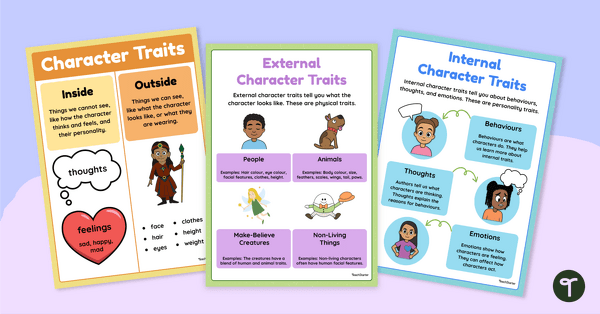
Character Traits Posters
Remind your students about the difference between external and internal character traits with this set of three classroom posters.
- Plus Plan
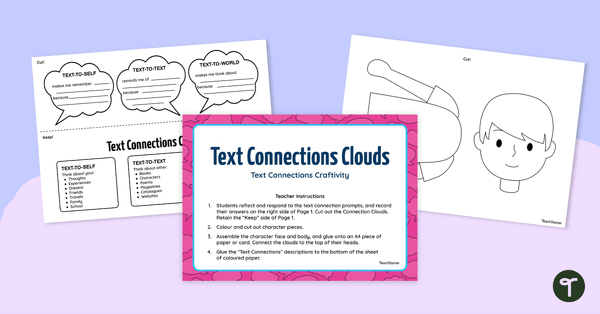
Text Connections Clouds Craftivity
Enjoy this fun literature craftivity with your students, which prompts them to answer comprehension questions for making personal connections to text.
- Free Plan

Book Review Templates – Garden Theme
Create a display of student book reviews using this garden-themed book report template.
- Plus Plan
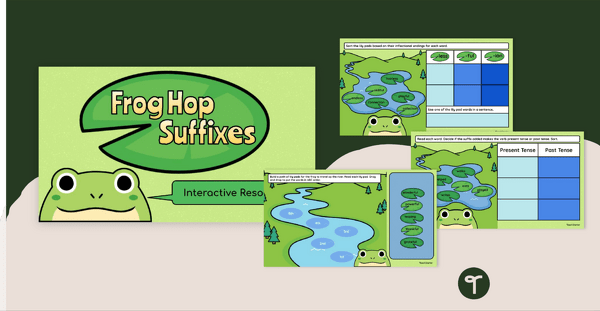
Frog Hop Suffixes - Interactive Grammar Review
Review knowledge of suffixes with an exciting frog-themed Google Slides Interactive review activity.
- Plus Plan
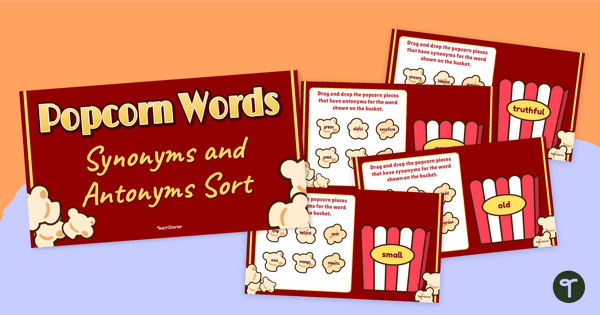
Popcorn Synonyms and Antonyms - Interactive Sort
Make your students’ vocabulary skills ’POP’ with an interactive, drag-and-drop synonym and antonym activity.
- Plus Plan
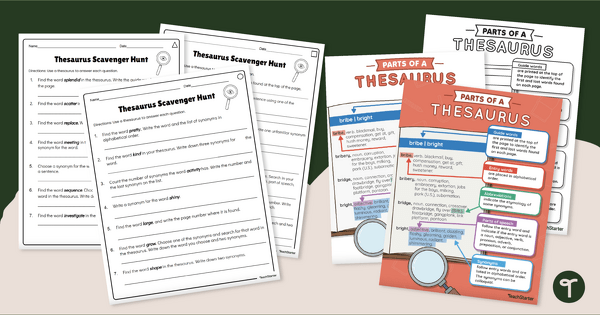
Using a Thesaurus - Synonym Activities
Learn to use a thesaurus to find synonyms with a handy thesaurus anchor chart and differentiated scavenger hunt worksheet pack.
- Plus Plan
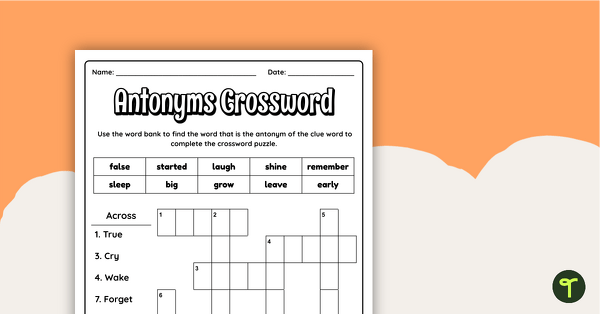
Antonyms Crossword Puzzle
Turn your language learners into vocabulary superstars with a fun antonym crossword puzzle.
- Plus Plan
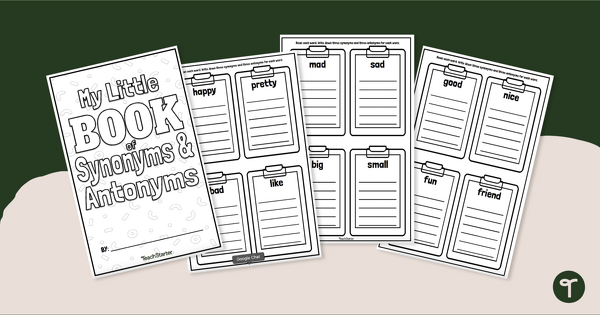
My Book of Synonyms and Antonyms
Combat overused words in your students’ writings by having them build their very own book of synonyms and antonyms.
- Free Plan
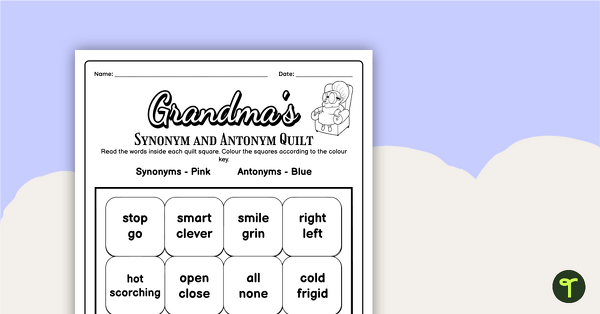
Synonyms and Antonyms Worksheet - Colour by Code
Explore pairs of synonyms and antonyms with this colour-code worksheet.
- Plus Plan
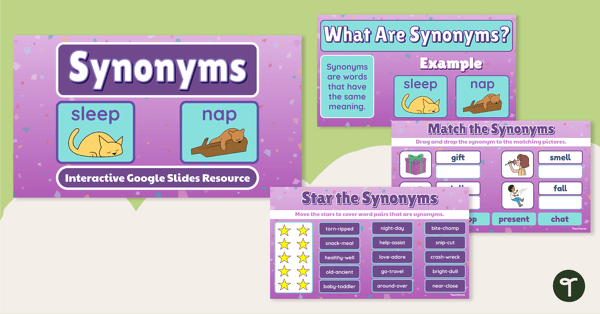
Synonyms Interactive Activity
Discover the world of synonyms with an engaging digital learning activity.
- Plus Plan
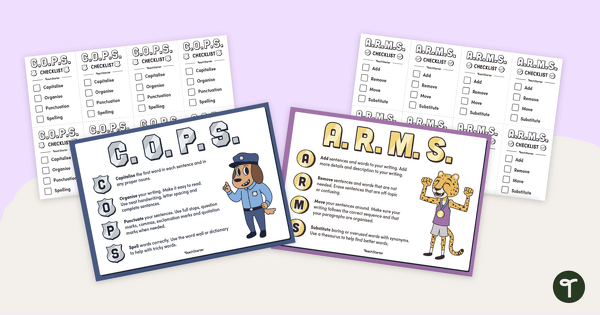
ARMS and COPS - Editing Posters and Checklists (Landscape)
Encourage your students to proofread and edit their writing using the C.O.P.S. and A.R.M.S acronyms with a pair of printable writing posters.
- Plus Plan
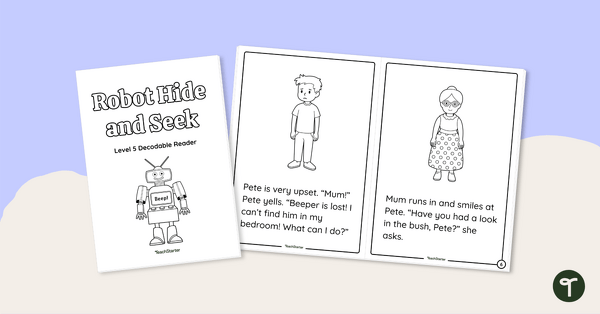
Robot Hide and Seek - Decodable Reader (Level 5)
Develop confident, successful readers with this phonics-based, printable decodable book.
- Plus Plan

Eliza's Ride - Decodable Reader (Level 5)
Develop confident, successful readers with this phonics-based, printable decodable book.
- Plus Plan
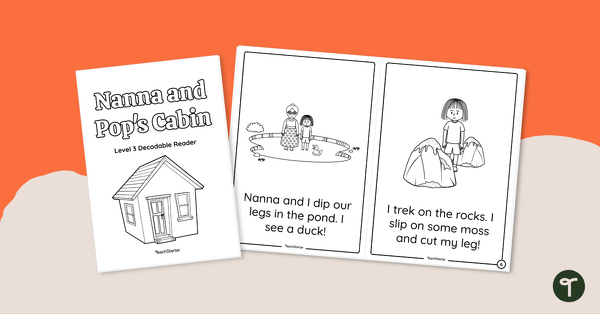
Nanna and Pop's Cabin - Decodable Reader (Level 3)
Develop confident, successful readers with this phonics-based, printable decodable book.
- Plus Plan
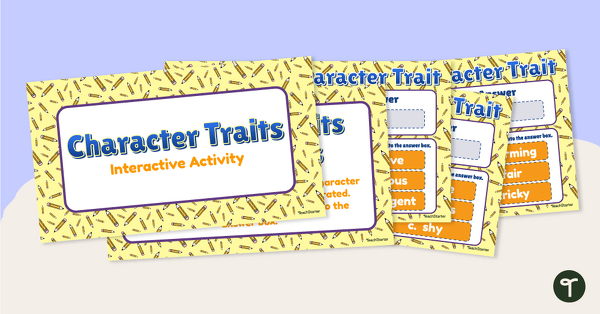
Character Traits Interactive Activity
Analyse text and identify character traits of characters with a Google Slides Interactive activity.
- Plus Plan
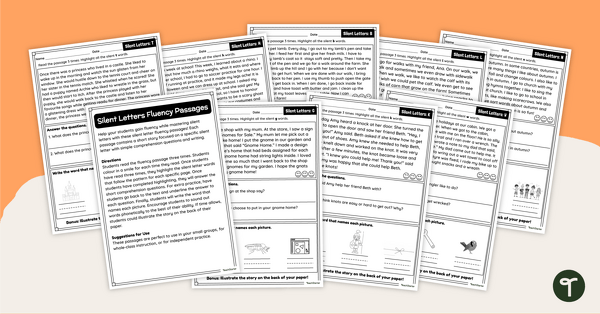
Silent Letters Fluency Passages - Worksheet Pack
Practise identifying the silent letters in words with this comprehensive collection of reading fluency passages.
- Plus Plan

Adjectives and the Senses – Worksheet
A sorting worksheet where students organise adjectives into the most appropriate sense.
- Plus Plan
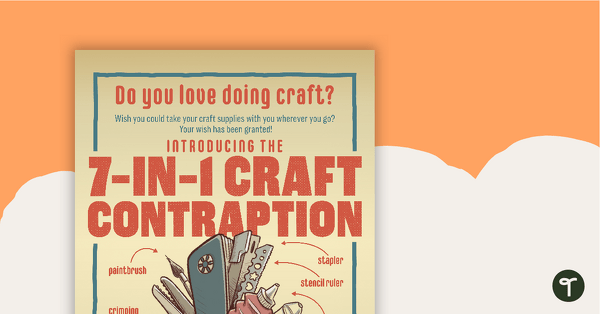
The 7-in-1 Craft Contraption – Worksheet
A comprehension worksheet for a fake advertisement from the Year 2 magazine (Issue 3).
- Plus Plan
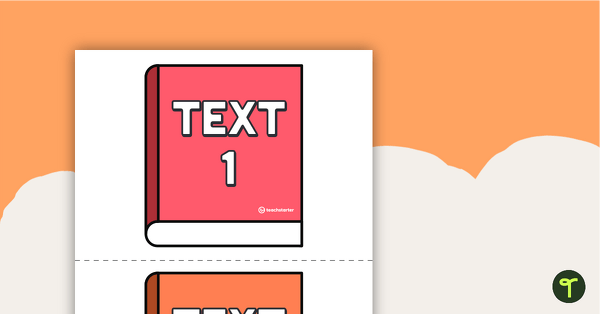
Persuasive Writing Bump It Up Wall – Year 2
A visual display for your classroom to help students ‘bump up’ their persuasive writing.
- Plus Plan
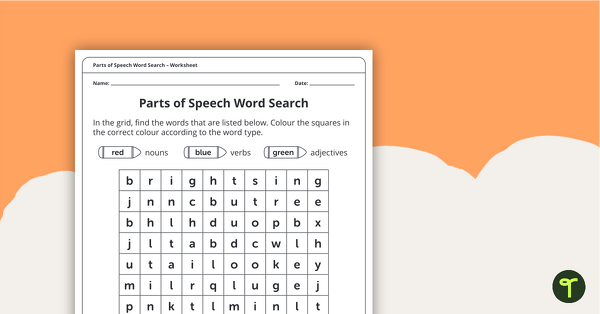
Parts of Speech Word Search (Nouns, Adjectives and Verbs) – Worksheet
A word search where students find and categorise nouns, adjectives and verbs.
- Plus Plan
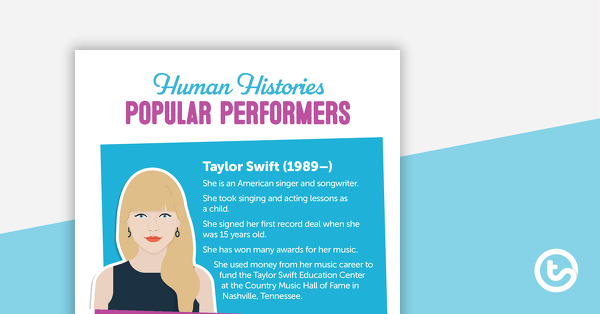
Human Histories: Popular Performers
A comprehension worksheet for a human histories article from the Year 1 magazine (Issue 2).
- Plus Plan

Food Flavour Fryer – Worksheet
A comprehension worksheet for a fake advertisement from the Year 1 magazine (Issue 2).
- Free Plan
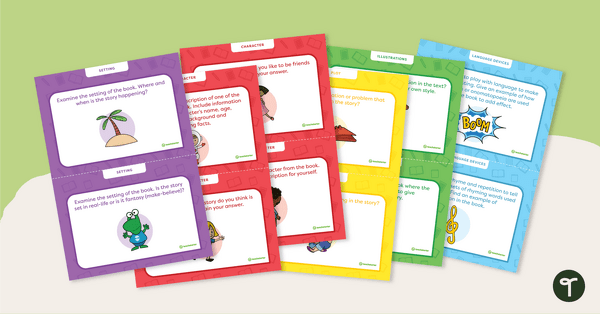
Literature Study Task Cards (Lower Primary)
Explore the wonders of children's literature with this set of 12 literature study task cards for lower primary students.
- Plus Plan
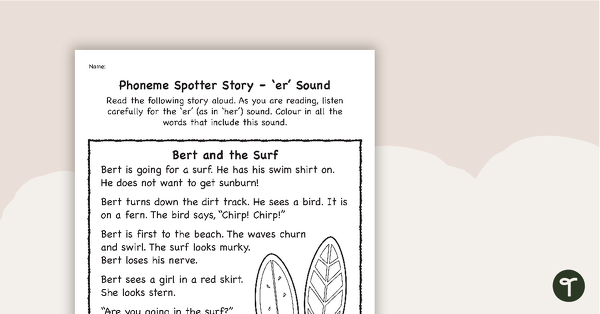
Phoneme Spotter Story – 'er' Sound
A decodable text featuring various graphemes that make the ‘er’ sound.
- Plus Plan
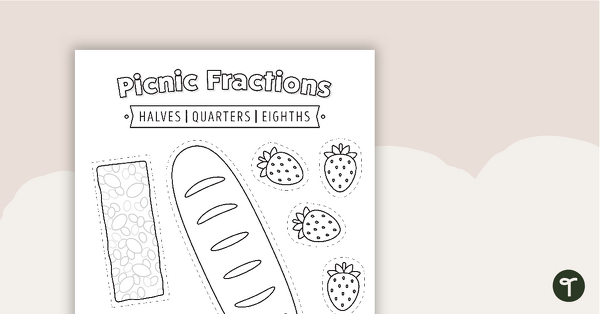
Picnic Fractions Worksheet
An activity for students to use when learning about halves, quarters and eighths.
- Free Plan
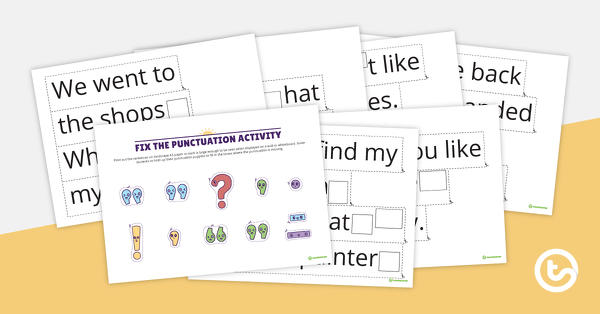
Fix the Punctuation Activity
A cut and match activity to help your students correctly punctuate sentences.
- Plus Plan
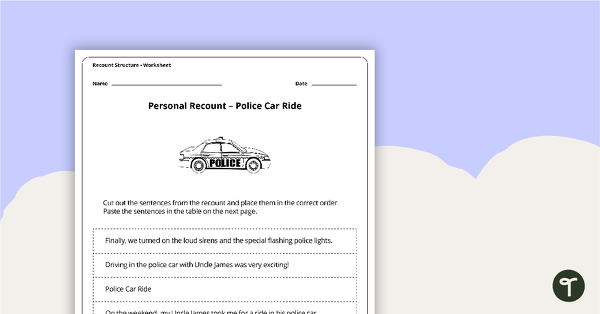
Personal Recount Sequencing Activity - Police Car Ride
A worksheet to use in the classroom when learning the sequence of a personal recount.
- Plus Plan

Dolch Sight Word Bingo – Grade 2
Sixteen different bingo cards using the Grade 2 Dolch Sight Words.
- Plus Plan
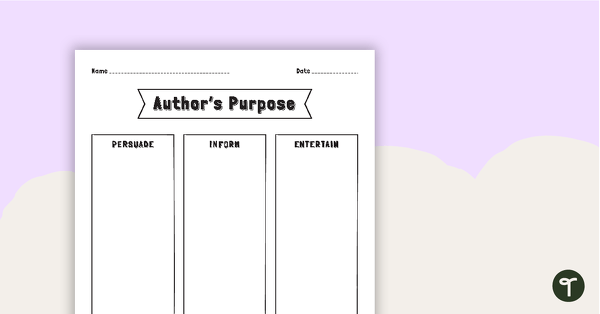
Author's Purpose - Sorting Worksheet
A teaching resource to help teach your students the different reasons authors may write.
- Plus Plan
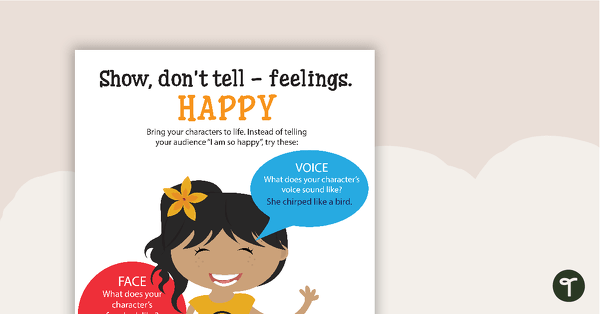
Developing Characters Poster Pack - Show, Don't Tell Feelings
A set of 16 posters about developing and describing characters when writing stories.
- Plus Plan
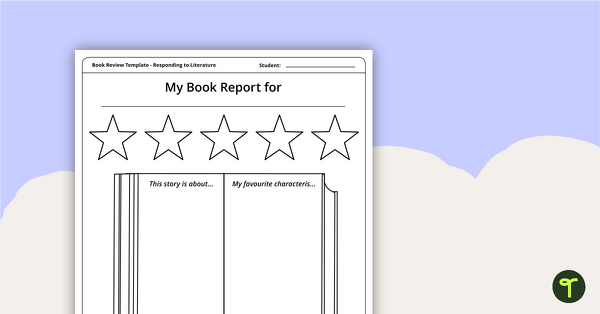
Book Worm Themed - Book Report Template and Poster
A fun book worm themed poster with 3 book report templates to use when responding to literature.